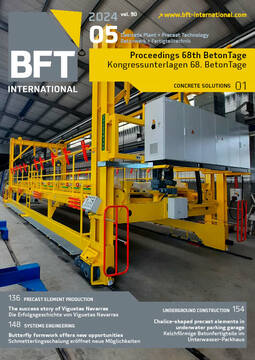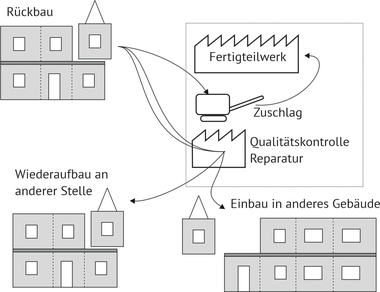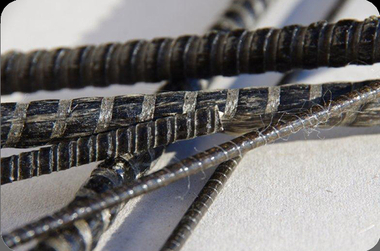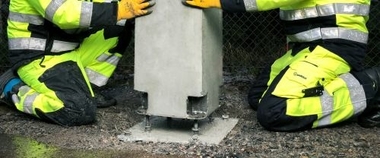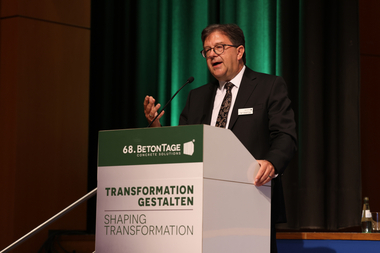Minimal, circular, regenerative – The Marinaressa Coral Tree at the Venice Biennale of Architecture
To ensure its sustainable future, the concrete construction industry must achieve net carbon neutrality by 2050, applying specific scenarios as early as today. Emissions can be reduced significantly through structurally efficient designs combined with integrating circular economy principles throughout the value chain. Lightweight construction should be a priority on this path as it offers an integrated approach to minimizing material consumption, emissions, and waste. However, the production of lightweight concrete structures is typically labor-intensive, time-consuming, and wasteful. To address this problem, the Institute for Lightweight Structures and Conceptual Design (ILEK) and the Institute for Control Engineering of Machine Tools (ISW) at the University of Stuttgart are investigating how resource-efficient structures can be produced sustainably. This research focuses on the zero-waste manufacturing of lightweight concrete structures using 3D-printed water-soluble sand formwork systems. The developed technology provides maximum freedom in structural design while avoiding production waste by reusing formwork material in closed-loop production for as long as possible.
The Marinaressa Coral Tree is the first large-scale prototype created as part of this project and presented at the 18th Venice Biennale of Architecture in 2023. During the talk, its design and production will be discussed, which follow the principles of minimality, circularity, and regenerability as part of a holistic approach aimed at minimizing the overall structure’s ecological footprint. It will be shown how the Marinaressa Coral Tree embodies these principles thanks to the interdisciplinary collaboration of architects and structural and mechanical engineers, combining technical, aesthetic, and environmental qualities into a holistic design.



